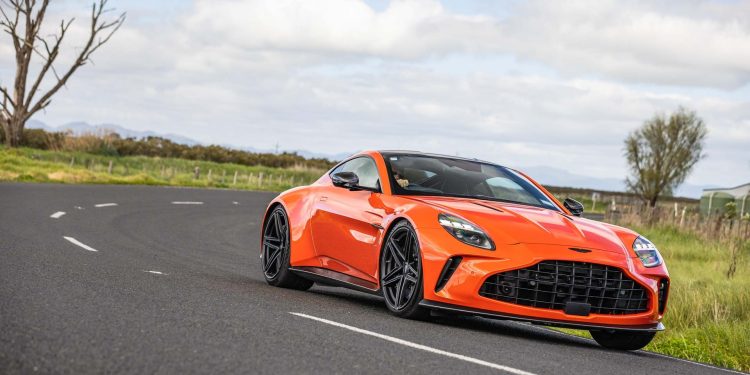Carmakers cautious in uncertain economic times
Words/Images NZ Autocar
Aston Martin’s recovery programme appears on track. While a loss of £79.6m for the first quarter of 2025 hurts, it is half that recorded a year earlier.

So the cost-cutting programme is clearly working. The drop in revenue resulted from fewer sales of high-value ‘specials’ like the Valour. Sales of its main models increased from 900 to 936 units.
The loss was in part explained by a 13 per cent reduction in revenue, to £233.9m. Moreover, the average sale price across the Aston Martin range dropped by 15 per cent, from £253,000 to £216,000. Howefver, it rose by 10 per cent for its primary models to £193,000.
The company is evidently set to save some £300m in operating costs by the end of the 2025 financial year.
Aston Martin faces further headwinds, however, with the recent imposition of a 25 per cent tariff on all cars imported to the US.
The company is pausing American shipments for the time being, relying on existing stock for US customers. That will be exhausted probably by midyear.
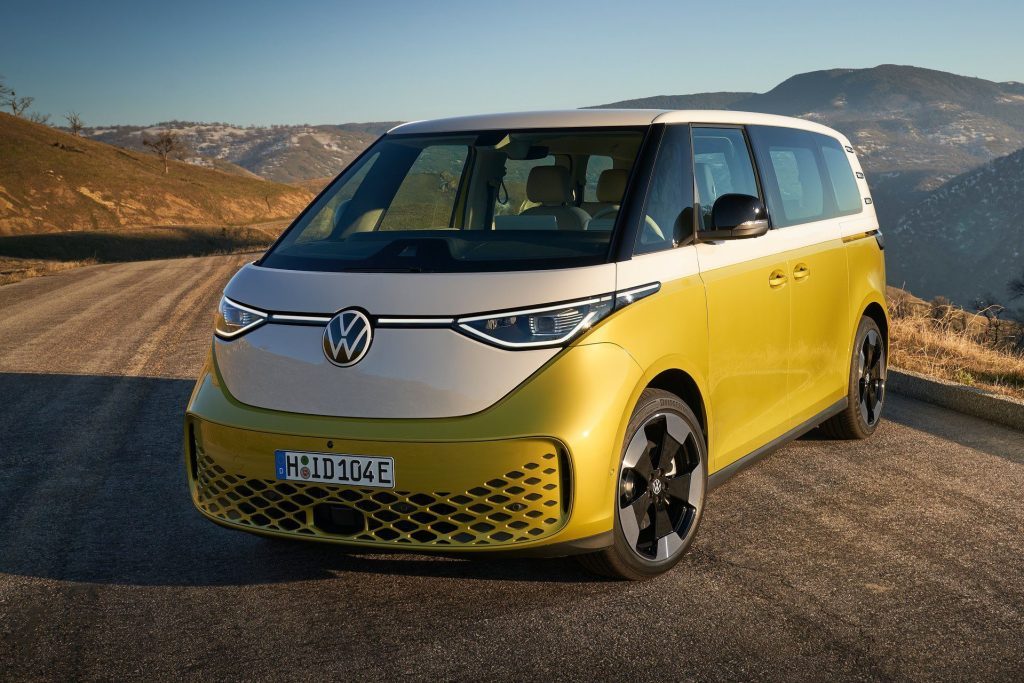
Meantime, Volkswagen Group has reported a 40 per cent drop in profits, blaming a rise on EV sales and global economic uncertainty. These offer lower profit margins compared with combustion cars.
Profits for the group dropped to €2.19bn for the first quarter, despite a 1.4 per cent rise in sales to 2.13m vehicles.
Between 10 and 20 per cent of sales were EVs, a rise of 64 per cent year on year. The result is good for emissions targets, less wonderful for profits, according to chief financial officer, Arno Antlitz. However, the group believes the ID 2 “could be the first car that could reach matching parity with an ICE equivalent”.
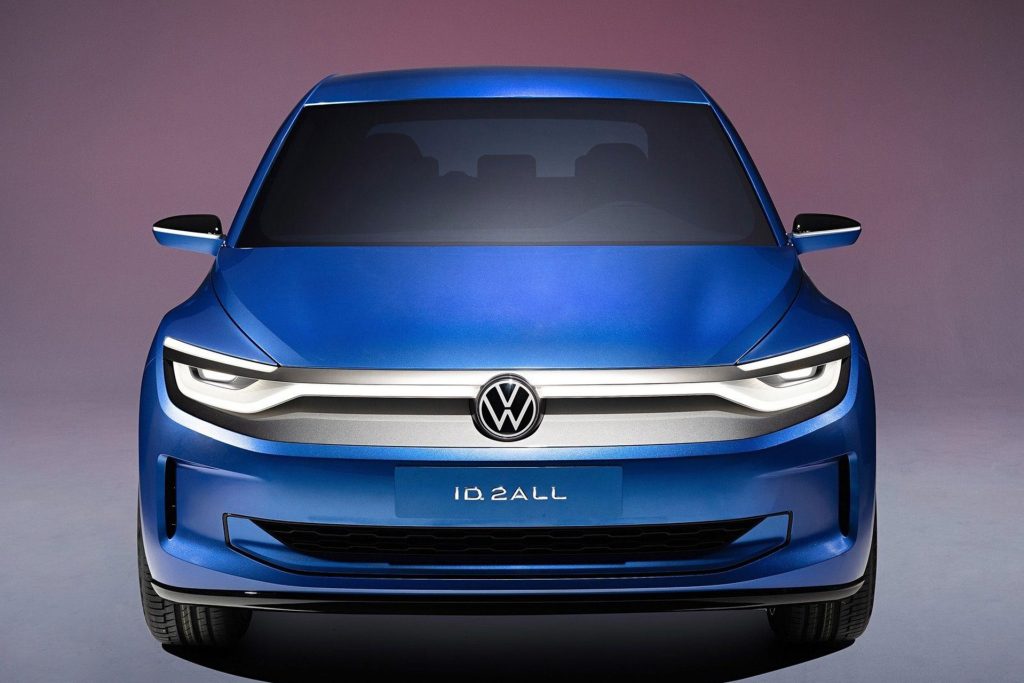
He said the group is also introducing better battery chemistry types, reducing the costs for EVs.
Other issues that may affect future profitability include new import tariffs from the US, additional taxes on Europe-sold cars made in China and a 6 per cent reduction in Chinese car sales.
Stellantis is another warning of a diminished profit forecast for the year, citing tariff unpredictability, among other things.
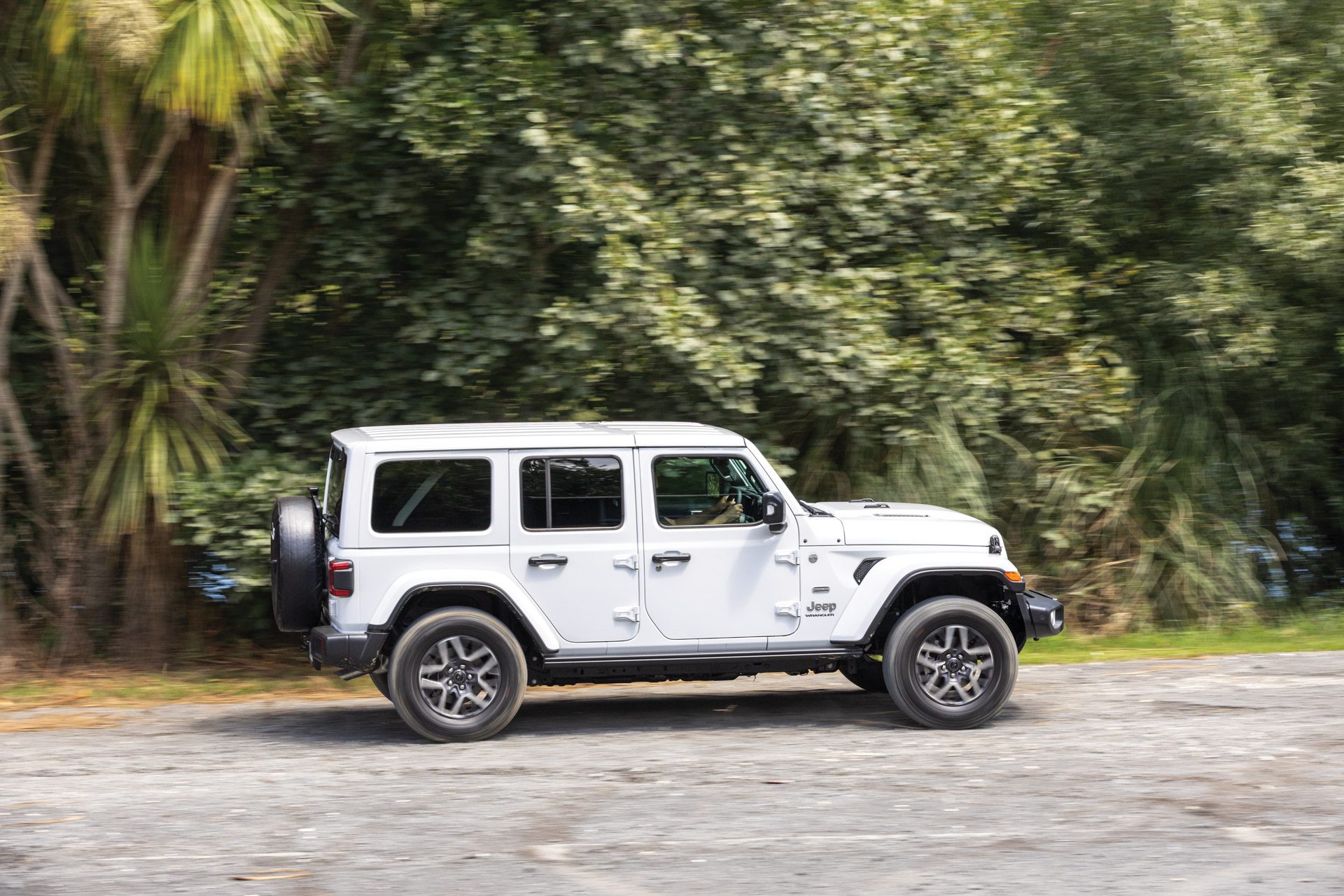
It has opted not to publish a profit forecast for the full financial year, because of Trump’s unpredictable tariff flip-flops.
The firm said it is “engaging extensively” with US, China and the EU authorities and is adjusting production plans and parts sourcing strategies.
Stellantis recorded a 14 per cent drop in revenue for the first three months of 2025, to just under €36 billion.
It attributed this to discounting in the US and Europe, and a fall in vehicle shipments.
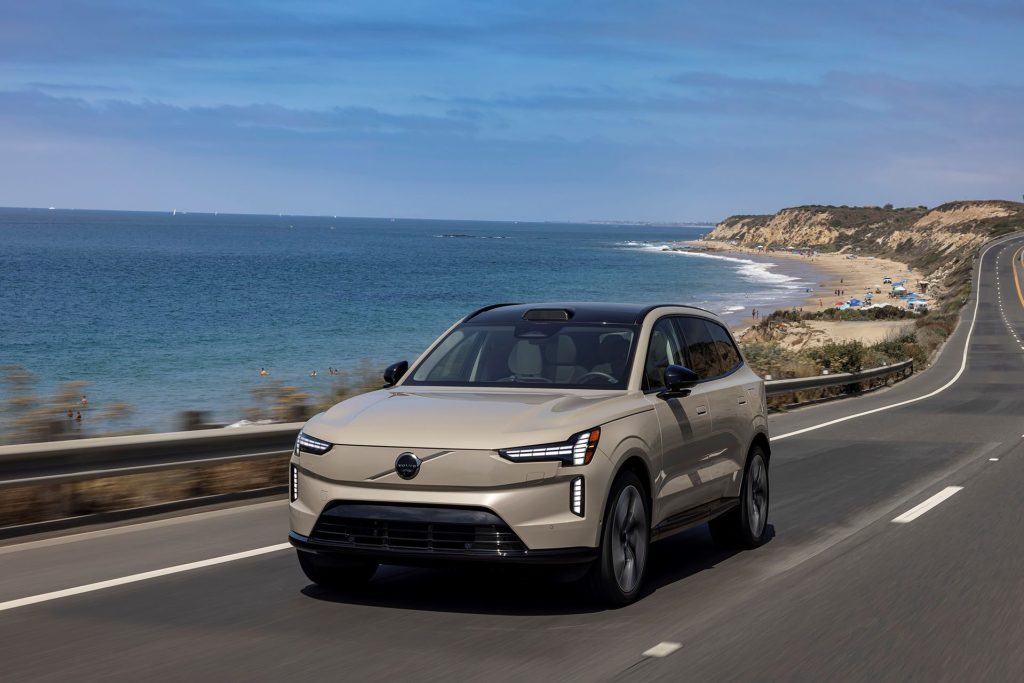
Another to withhold profit predictions is Volvo citing the “macroeconomic, geopolitical and market developments” resulting from Trump’s tariff announcements. However, a spokesperson said: “The company’s long-term strategy, foundations for growth and path to improved profitability remain.”
General Motors said that it will publish a revised forecast taking account of the tariffs at some point down the line.
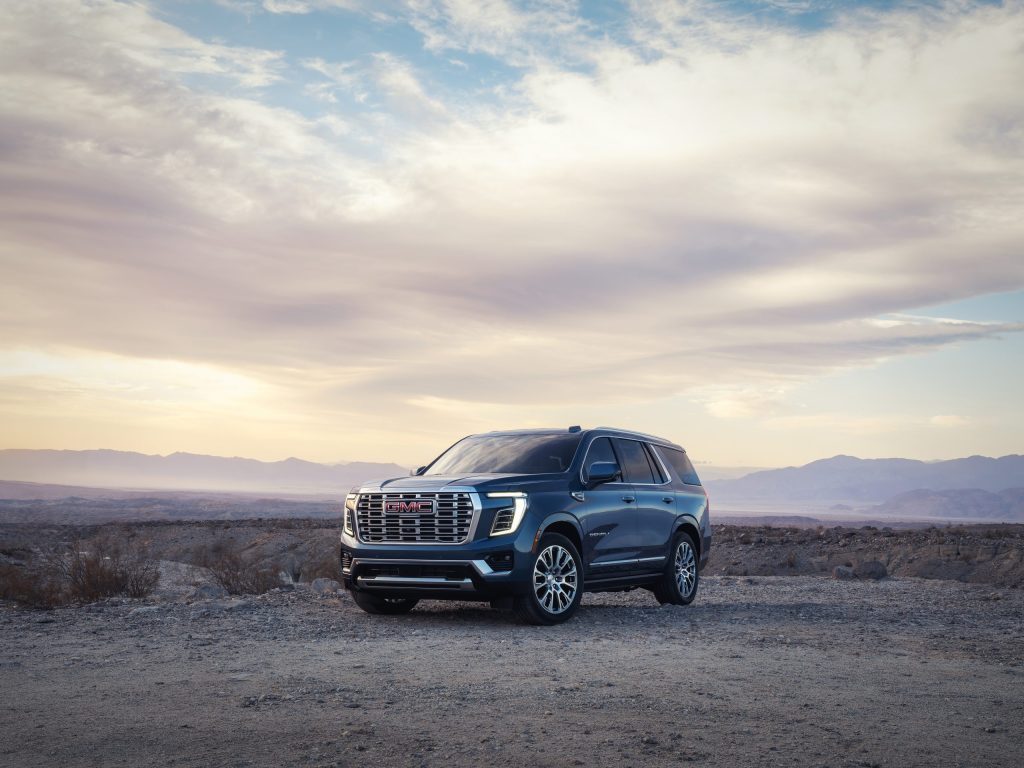
“We believe the future impacts of tariffs could be significant”, according to GM’s chief financial officer, Paul Jacobson.
The Trump administration is easing the pressure on car makers in the US, promising to reduce import taxes for two years on foreign-made parts.


